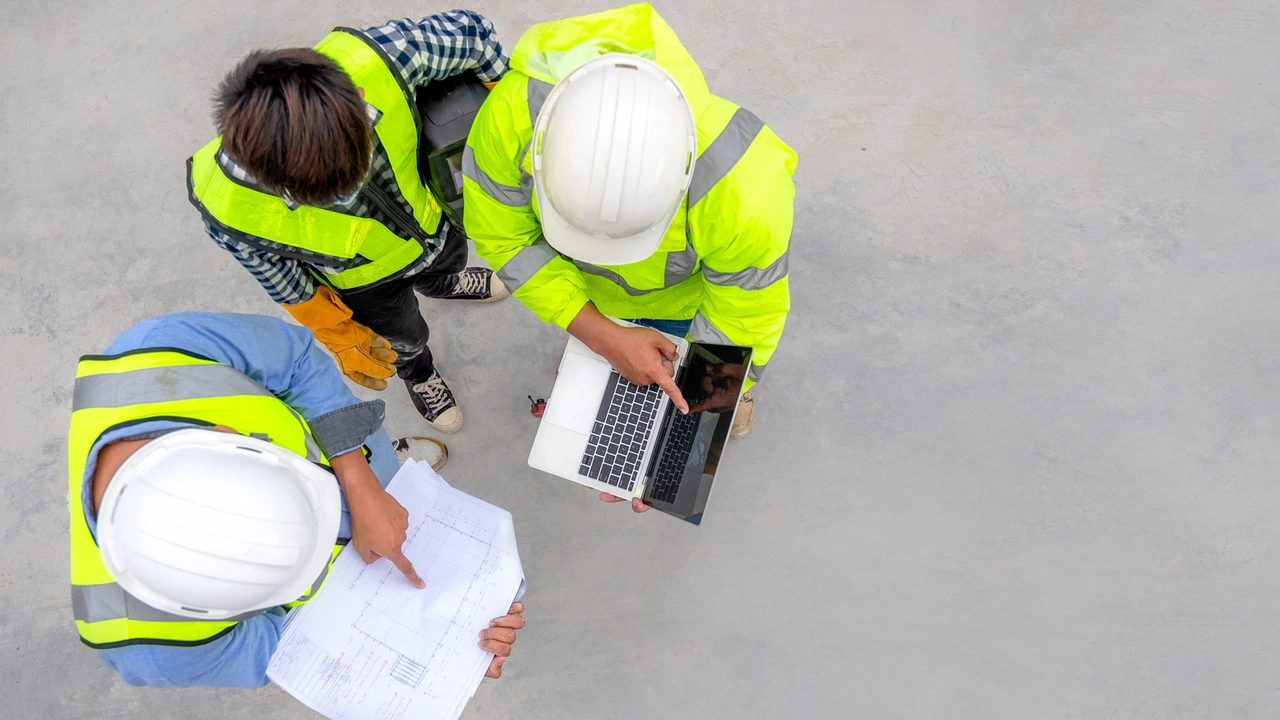Is the design-build method the future of construction project delivery? This innovative approach integrates design and construction into one seamless process, offering a simplified, collaborative path that saves both time and costs.
If you’re weighing options for your next construction project or curious about how design-build compares to traditional delivery methods like design-bid-build, this article covers all the essentials.
From the phases of the design-build process to its many advantages, you’ll discover why this construction delivery method is increasingly popular for projects of all sizes.
What is Design-Build?
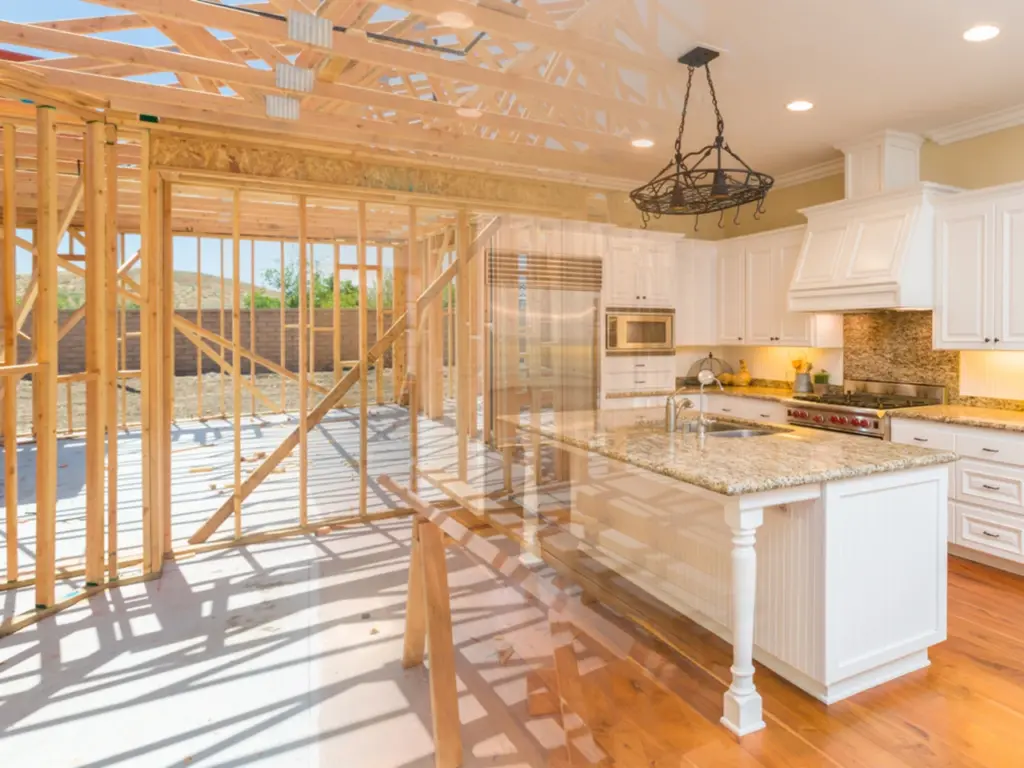
The design-build method is a project delivery approach in which a single contractor, known as the design-build team, takes full responsibility for both the design and construction phases of a project.
This approach differs significantly from traditional models like the design-bid-build method, where the design team and construction services are handled by separate contracts and entities.
In the design-build method, the project owner benefits from having one point of contact for the entire project, reducing complexities and improving accountability.
The design-build team manages all aspects, from initial project design to final construction, ensuring a seamless and integrated process.
Key Features of Design-Build:
- One contract: Unlike the traditional design-bid-build method, the design-build method uses a single contract that covers both design and construction services, simplifying project management for the owner.
- Collaboration: The design-build team, including architects, engineers, and construction professionals, works together from the outset, facilitating a collaborative environment that improves communication, and decision-making, and reduces the risk of misunderstandings.
- Streamlined delivery: By combining the responsibilities of design and construction, the process is more efficient, and the construction can begin earlier and reducing the chances of delays. The integration of these phases also helps avoid cost overruns and scheduling issues often seen in design-bid-build projects.
The design-build approach is gaining popularity as it offers better project coordination, improved teamwork, and smoother transitions between the design and construction phases.
This results in faster project completion and a more cohesive construction process, making it an attractive option for project owners looking for efficiency and simplicity.
Key Differences Between Design-Bid-Build and Design-Build Process
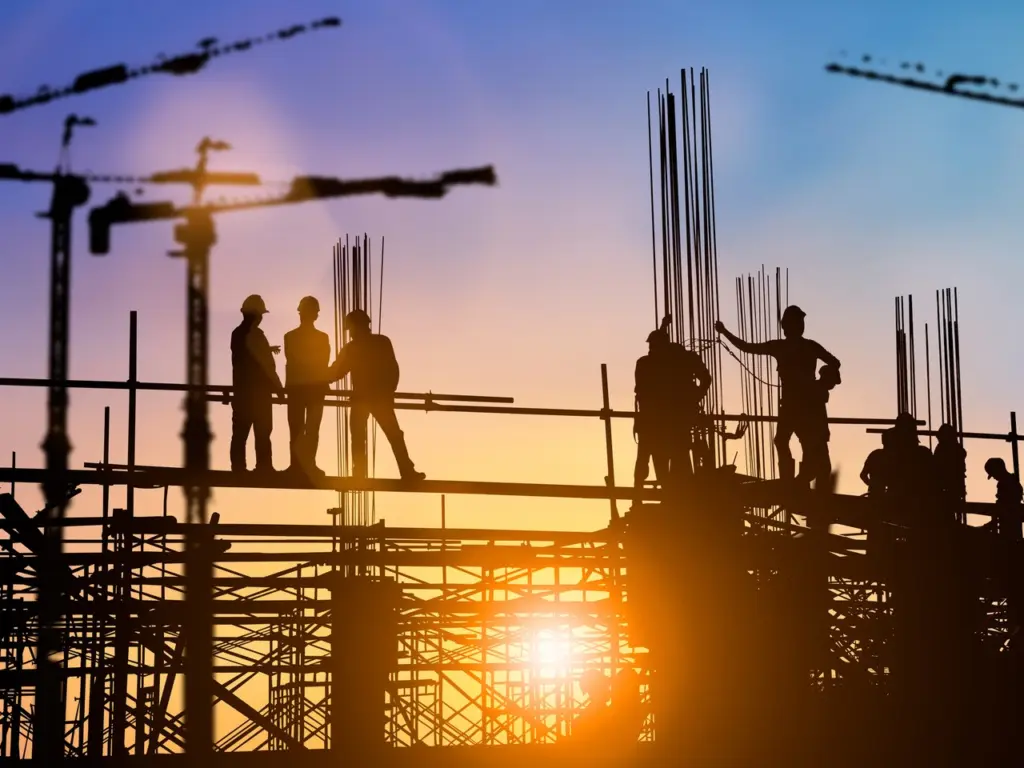
The design-build versus design-bid-build project delivery methods differ significantly in how they manage the design and construction phases. These differences affect project timelines, communication, and overall efficiency.
Contract Structure
- Design-Build: In design-build construction, the project owner signs one contract covering both design and construction services with a unified design-build team.
- Design-Bid-Build: Design-bid-build construction involves two separate contracts, one for design and another for construction, adding complexity to project management.
Project Coordination
- Design-Build: The design-build team collaborates throughout the entire project, improving communication and reducing delays.
- Design-Bid-Build: In design-bid-build, the design and construction teams work independently, often leading to coordination challenges after the bidding process.
Efficiency and Speed
- Design-Build: The integration of the design process and construction allows for overlapping phases, speeding up the overall construction process.
- Design-Bid-Build: Design-bid-build follows a linear process where design phase must be fully completed before construction begins, often extending project timelines.
Risk and Accountability
- Design-Build: The design-build team assumes greater responsibility for the project, reducing the owner’s risk and streamlining accountability.
- Design-Bid-Build: Design-bid-build places more risk on the owner, as conflicts between the design and construction phases require owner intervention.
Cost Control
- Design-Build: Early collaboration in design-build helps control costs by making real-time adjustments during the design and construction process.
- Design-Bid-Build: Cost control is more difficult in design-bid-build since the design is completed before construction begins, potentially leading to budget overruns.
Advantages of Design-Build Project Delivery Method

The design-build approach is transforming construction project management by integrating the design and construction phases into one streamlined process. Here are the main benefits of design-build method:
Single Contract Simplicity
- Design-build is a construction method where both construction and design are operated by a single entity, simplifying the process with just one contract.
- This contrasts with the traditional design-bid-build, which demands multiple contracts, complicating project oversight and management.
Faster Project Completion
- The design-build process begins with collaboration between design and construction, allowing construction to begin while the design is still being finalized.
- This speeds up project timelines compared to design-bid-build delivery, where the design must be completed before construction starts, often leading to longer plans.
Streamlined Decision Making
- The design-build delivery method offers streamlined decision-making, as the project manager works closely with the design-build team to adjust the construction schedule throughout the project.
- In traditional design-bid-build, the separation between designers and contractors slows down decision-making.
Improved Communication and Collaboration
- The collaborative nature of the design-build process ensures that communication flows easily between the owner and the design-build team. This enhances alignment and ensures that all stakeholders are involved throughout the project.
- In traditional design-bid-build, there is less integration, which often leads to delays or misunderstandings during construction.
Cost Savings
- The design-build method offers more accurate cost estimates earlier in the process, reducing construction spending and preventing budget overruns.
- By overlapping construction and design, the design-build firm can identify cost-saving opportunities, which are not as easily achievable in traditional design-bid-build.
Fewer Change Orders
- Since the design-build team is involved in the project since the initial design, the likelihood of costly change orders is minimized.
- In design-bid-build, changes usually occur when the construction team finds problems in the completed design that require modifications, leading to additional costs.
Flexibility in Design and Construction
- The design-build model allows for greater flexibility, adapting to changes in the scope of the project without delaying progress.
- This flexibility is critical for commercial construction and large-scale projects, where changes are common. Traditional design-bid-build often lacks this adaptability.
Fewer Disputes
- With design-build contracts, the owner and design-build team are aligned, reducing the possibility of disputes during the project.
- In design-bid-build delivery, disputes often arise due to misalignment between separate design and construction contracts.
Early Involvement of the Construction Team
- Design-build brings the construction team into the process early, allowing them to contribute practical insights during the architectural design phase.
- This early involvement reduces the likelihood of design errors that could delay the project later in the process, which is a common problem in traditional design-bid-build projects.
Enhanced Accountability
- Since the design-build firm manages both construction and design, the team is fully accountable for the success of the project.
- In traditional design-bid-build, accountability is divided between multiple entities, leading to potential finger-pointing when issues arise.
Innovation and Problem-Solving
- The collaborative nature of design-build fosters a more innovative approach to problem-solving, as the design and construction teams work together to address challenges.
- In contrast, design-bid-build often results in limited innovation due to the separation of roles.
Faster Permitting and Approvals
- By integrating design and construction, the design-build method can expedite the permitting process, as the team works closely with local authorities from the start.
- This faster approval process is particularly advantageous in commercial design-build projects, where delays can significantly impact the overall timeline.
Optimized Project Management
- Design-build project delivery is improved through the use of project management software, which streamlines communication and coordination.
- This efficiency is often lacking in design-bid-build projects, where separate teams may use different tools and processes, leading to delays in project coordination.
Predictable Project Outcomes
- The design-build approach provides more predictable outcomes, as the requirements for the project are clear from the start, and the team works together to achieve them.
- This contrasts with design-bid-build, where separate entities often have conflicting priorities, making project outcomes less predictable.
Reduced Risk for the Owner
- Using the design-build method reduces the risk for the project owner, as the responsibility for both design and construction is held by a single experienced design-build team.
- This contrasts with design-bid-build, where the owner must manage multiple contracts and vendors, increasing the potential for errors and delays.
Adaptability for Various Projects
- The design-build model is suitable for several construction industry project types, from residential to commercial construction. This method of project delivery is adaptable to different project scales and complexities.
- Design-bid-build, while common in public projects, is less adaptable to the evolving needs of modern construction.
Phases of the Design-Build Construction Process
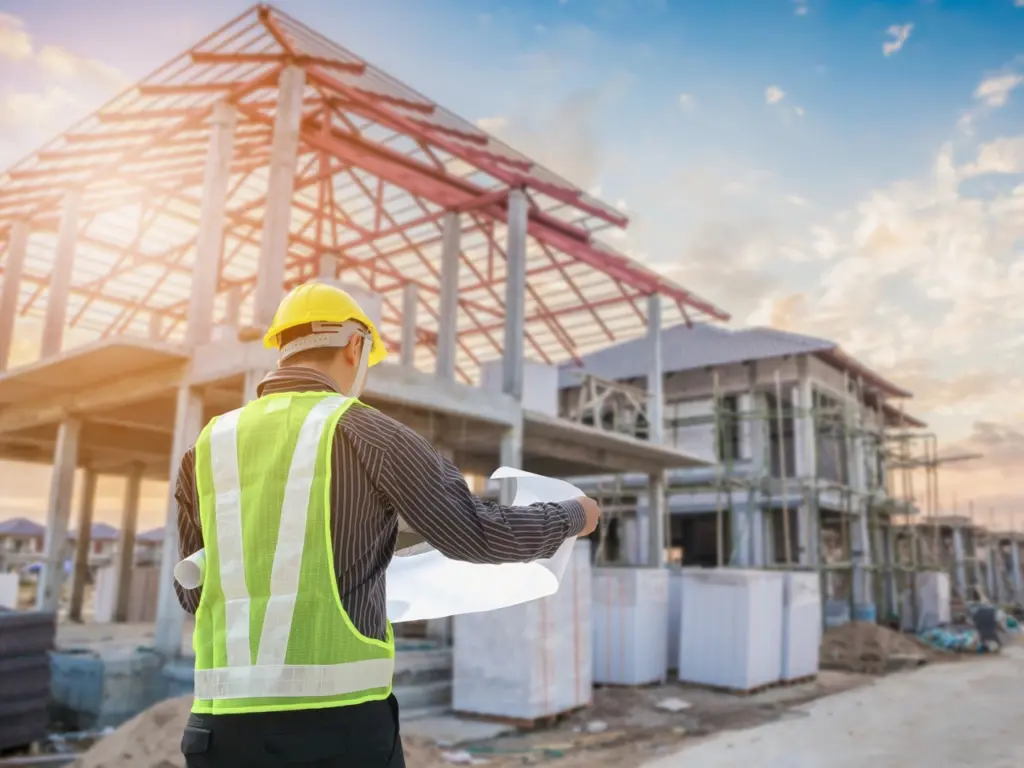
The design-build construction delivery method offers a streamlined approach, integrating both design and construction phases for improved efficiency. Below are the key phases involved in the design-build process, highlighting the essential steps and the benefits of design-build.
Selection Process
The first step in the design-build process is the design-build team selection. The project owner evaluates and picks a design-build firm based on the project’s specific requirements and overall project needs.
- Every construction project requires careful evaluation during this stage to ensure the right team is chosen.
- The selection process focuses on identifying a firm experienced in handling similar projects.
- A well-selected design-build team enhances collaboration and efficiency throughout the construction process.
Pre-Construction and Planning
Once the team is appointed, pre-construction planning begins. During this phase, the design-build firm works closely with the client to outline an overview of the project and establish clear objectives.
- This stage addresses key project needs and defines the approach to the project.
- Project management software is often used to track tasks and manage milestones.
- The planning phase sets a strong foundation for the next phase of the project, ensuring the client’s goals are met.
Design Phase
The design phase focuses on the development of architectural and technical plans. The design-build method fosters collaboration between designers and construction teams, ensuring the project is ready for the build phase.
- Using design-build allows design and construction teams to work together, reducing delays.
- During this phase, the team ensures the project remains aligned with the client’s budget and timeline.
- The integration of construction management ensures that designs are practical and efficient.
Construction Phase
Once the design is finalized, construction on the project can begin. This phase is where the efficiency of the design-build method shines, as both teams continue to collaborate closely.
- Design-build brings faster project execution by reducing the gap between design and construction.
- Nearly half of all construction projects using this method report faster completion times.
- The construction phase benefits from continuous input, ensuring adjustments are made swiftly when needed.
Progressive Design-Build Adjustments
During construction, adjustments may need to be made. The progressive design-build approach allows the team to make necessary changes quickly.
- Throughout the construction process, the collaboration between design and construction teams reduces potential delays.
- This phase ensures that the project can adapt to any new developments or challenges without major disruptions.
Construction Project Completion and Closeout
The final phase involves completing the project and performing a detailed review to ensure all aspects meet the original objectives. The design-build project delivery method offers a smooth handover, ensuring client satisfaction.
- Project management software tracks progress and ensures nothing is overlooked during the closeout.
- Final inspections, approvals, and handovers occur, bringing the project to successful completion.
Is Design-Build Right for Your Project?
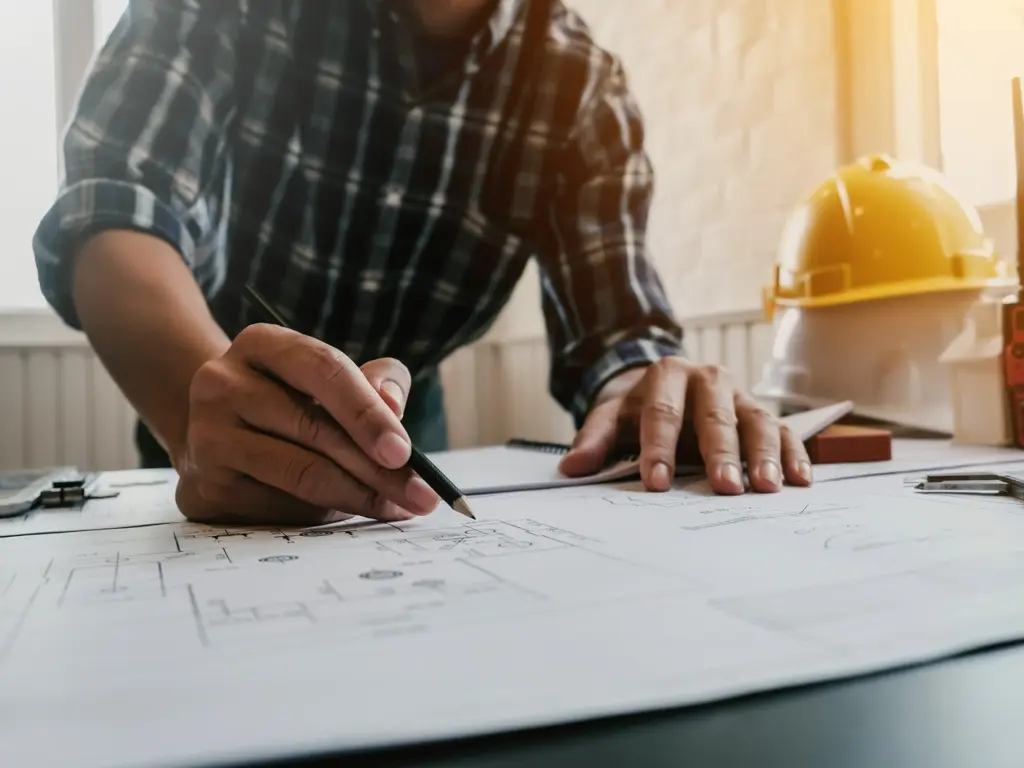
Choosing the right method of project delivery is important for the success of every construction project. Understanding whether to choose a design-build approach involves estimating your specific project needs and the unique features of this delivery method. Here’s how to determine if design-build is the right approach for your project.
- Benefits of the Design-Build: The design-build method brings several advantages, including streamlined communication and a single point of responsibility. This process ensures that the same team handles both design and construction, reducing the likelihood of misunderstandings and delays. By integrating these phases, the use of design-build can also lead to significant time and cost savings, making it an attractive option for many clients.
- Flexibility and Speed: The design-build process allows for greater flexibility during the construction phase. With the potential to begin construction before all design details are finalized, this method can adapt to changes and new requirements more efficiently. This is particularly beneficial for projects with tight timelines, as it allows design-build teams to address any issues promptly and keep the project moving forward.
- Enhanced Collaboration: A vital aspect of the design-build method is the collaborative environment it fosters. When clients are involved in the design-build process, they can actively participate in decision-making, ensuring that the project aligns with their vision. This approach to project management encourages a strong partnership between the client and the design-build team, leading to better outcomes and client satisfaction.
If you’re considering whether design-build would be the right choice for your project, assess your priorities regarding time, budget, and collaboration. The design-build method offers a comprehensive solution that meets various project needs, making it a compelling option for many construction endeavors.
Final Thoughts
The design-build project delivery method emerges as a transformative approach that simplifies the construction process through improved collaboration and efficiency.
By integrating design and construction under a single contract, this method streamlines project management, enables effective communication, and reduces the risks associated with traditional delivery models.
As more project owners seek timely and cost-effective solutions, the design-build method proves to be a compelling option, suitable for a variety of projects.
Whether you’re planning a small renovation or a large commercial build, embracing the design-build approach can lead to successful outcomes, ensuring that your vision is realized seamlessly from concept to completion.
Frequently Asked Questions
What is the design-build project delivery method?
The design-build project delivery method combines both the design and construction phases under a single contract, enhancing efficiency and collaboration. Key aspects include:
Single Contract: One contractor manages design and construction, simplifying communication and reducing the risk of miscommunication between teams.
Time Efficiency: Overlapping design and construction phases can greatly shorten overall project timelines, allowing for quicker project completion.
Cost Savings: Early collaboration between designers and builders helps identify cost-effective solutions, which can lessen budget overruns and improve financial management.
Quality Control: A unified team fosters better quality assurance throughout the project, ensuring that the final product aligns with client expectations.
Client Involvement: Clients can provide input throughout the process, ensuring their vision is reflected in the final outcome.
This integrated approach is becoming increasingly popular among clients looking for streamlined processes and effective project execution.
What are the main phases of the design build process?
The design-build process consists of four essential phases: planning, design, building, and furnishing. Here’s a brief overview:
Planning: Define project scope, budget, and timeline, engaging stakeholders to align expectations and goals.
Design: Develop detailed plans based on client input, allowing for collaborative workshops to refine the design and incorporate feedback.
Building: Execute construction while maintaining ongoing communication between the design and construction teams to address any issues that arise promptly.
Furnishing: Select and install furniture and fixtures, ensuring the completed space is functional and aesthetically aligned with the client’s vision.
Understanding these phases is vital for navigating the design-build process effectively.
How does design-build differ from traditional project delivery methods?
The design-build method offers several contrasts to traditional project delivery methods:
Contract Structure: Traditional methods typically involve separate contracts for design and construction, leading to potential miscommunication. Design-build uses a single contract, enhancing accountability.
Project Timeline: In traditional methods, design and construction occur sequentially, often prolonging timelines. Design-build allows for overlapping phases, resulting in faster completion.
Cost Management: Early collaboration helps identify cost-effective solutions during the design phase, preventing budget overruns and enabling better financial planning.
Risk Reduction: A unified team managing the project minimizes coordination risks and enhances accountability for project outcomes.
What are the benefits of using the design-build project delivery method?
Clients can reap several benefits from the design-build method, such as:
Streamlined Communication: A single point of contact reduces confusion and enhances coordination.
Faster Delivery: Overlapping phases can lead to quicker project timelines, benefiting clients eager for timely completion.
Cost Efficiency: Collaborative planning helps identify budget-friendly solutions early in the project.
Quality Assurance: Continuous teamwork fosters improved quality control throughout the process.
Client Engagement: Clients remain actively involved, increasing satisfaction and alignment with their vision.
These advantages make the design-build method an appealing choice for many clients.
How can clients ensure a successful design-build project?
Clients can adopt several strategies to enhance the success of their design-build projects:
Clear Communication: Foster open dialogue with the design-build team to align goals and expectations.
Define Goals and Budget: Clearly outline objectives and financial constraints from the start to prevent misunderstandings.
Select an Experienced Team: Choose a qualified design-build contractor with a strong track record of successful projects.
Be Proactive: Engage with the team throughout the process, providing timely feedback and addressing concerns.
Embrace Flexibility: Be prepared to adapt to changes, allowing for adjustments that can enhance the final product.
Implementing these strategies can help ensure a successful and satisfying design-build project outcome.
